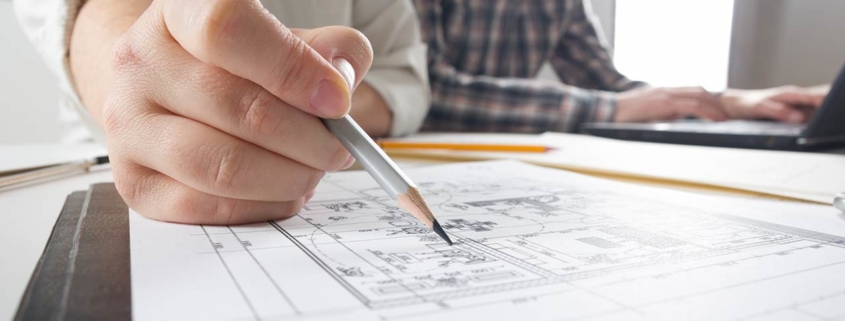What You Need to Know Before Tearing Down a Wall in Your Home

Looking to open up your interior space to create a more spacious and functional layout? If so, you might be considering tearing down a wall or two to achieve your goal.
Sounds simple enough, but removing a wall requires some careful consideration before demolition starts. Before you grab that sledgehammer, make sure you’ve had a few crucial questions answered first.
Is it a Load Bearing Wall?
Perhaps the most important question you should ask first is whether or not the wall you intend to knock down is load bearing. If so, ripping that wall down is probably not possible.
Load bearing walls run perpendicular to the floor joists and usually are placed somewhere around the center of the home. They’re structural elements, and if you remove them, the structural integrity of your home can be seriously compromised. Your house can literally cave in if you remove a load bearing wall that was originally installed to support the structure of your home.
For this reason, you absolutely need to have a structural engineer or another professional who is well versed in the area of load bearing structures assess the situation before you decide to rip that wall down. It should also be noted that removing a wall in a single-story home is a lot different than a two-story home because of the additional stress placed on the wall from the second level. This situation certainly warrants the advice of a structural engineer.
Are There Any Wires or Pipes Inside the Wall?
Your wall is not just a couple of pieces of drywall held up with some 2x4s. There could very well be some important components inside the wall cavities that could become damaged if you’re not careful. Electrical wiring and plumbing pipes typically run through walls to get to where they need to go. There are also HVAC vents that may be lurking behind the walls that you may not be aware of.
If you start smashing into the drywall without taking the necessary precautions, you could cause some major damage to these systems that will end up costing you a lot more than you initially intended. Before you knock down a wall, verify whether or not any of these components are present, and if they are, use great care when taking the wall down.
Are There Any Toxic Materials On Or Inside the Wall?
Depending on when your home was built, it’s possible that there may be certain toxic materials on or inside your walls that warrant further inspection before the wall comes down. In particular, be on the lookout for lead paint, which is a potential problem for homes built before 1978.
If your home is older, you should consider having the surfaces tested for the presence of lead paint. If this material is present, you will have to follow specific guidelines about how to discard the old drywall and other debris that comes along with it.
Another hazardous material to look out for is asbestos, which was used in homes constructed before 1980. If there is any asbestos on your drywall, it can easily become airborne when tearing down a wall. Again, the wall should be tested for this substance, and if it is detected, it should only be removed by professionals in the business of handling asbestos.
How Will the Floors and Ceilings Be Affected?
If it’s safe to remove the wall, you’ve got a few other things to think about. Once that wall comes down, there will be an obvious blemish on the ceiling and floor where the wall was once attached. Not only will this need to be repaired, you will also have to make considerations about how to blend the two areas together so that it is not obvious that there was once a wall there.
Sometimes it can be easy to match the material and color for a seamless finish, while other times it may be necessary to completely reface the entire surface. Speak with your contractor about how to finish the area after the wall has been demolished.
The Bottom Line
Tearing a wall down offers plenty of possibilities for creating a whole new layout for your home, especially if it’s currently tight and compartmentalized. But before you start swinging that sledgehammer, there are a number of considerations that need to be made first. Get some expert advice from professionals in the industry to ensure a safe and effective job.



